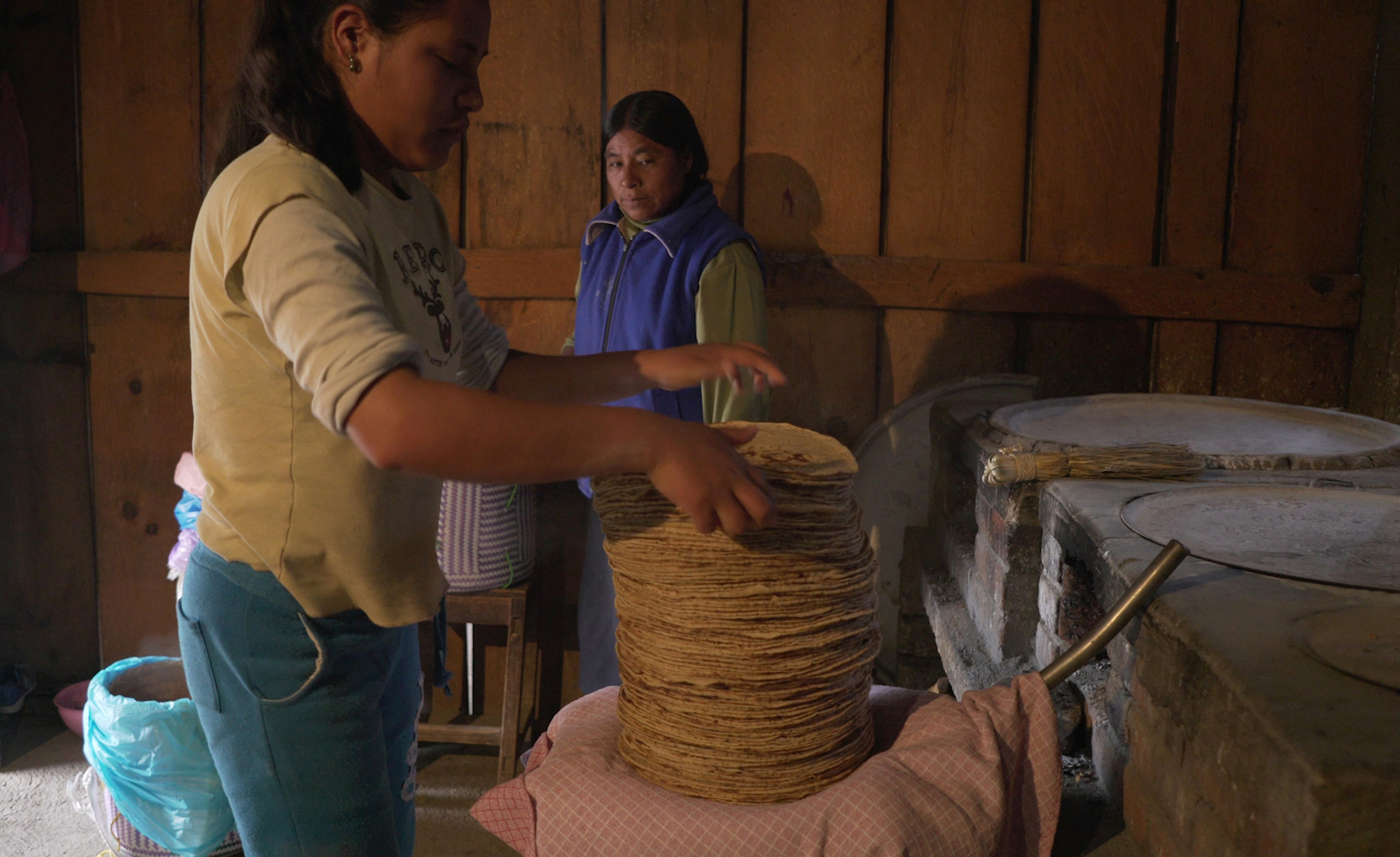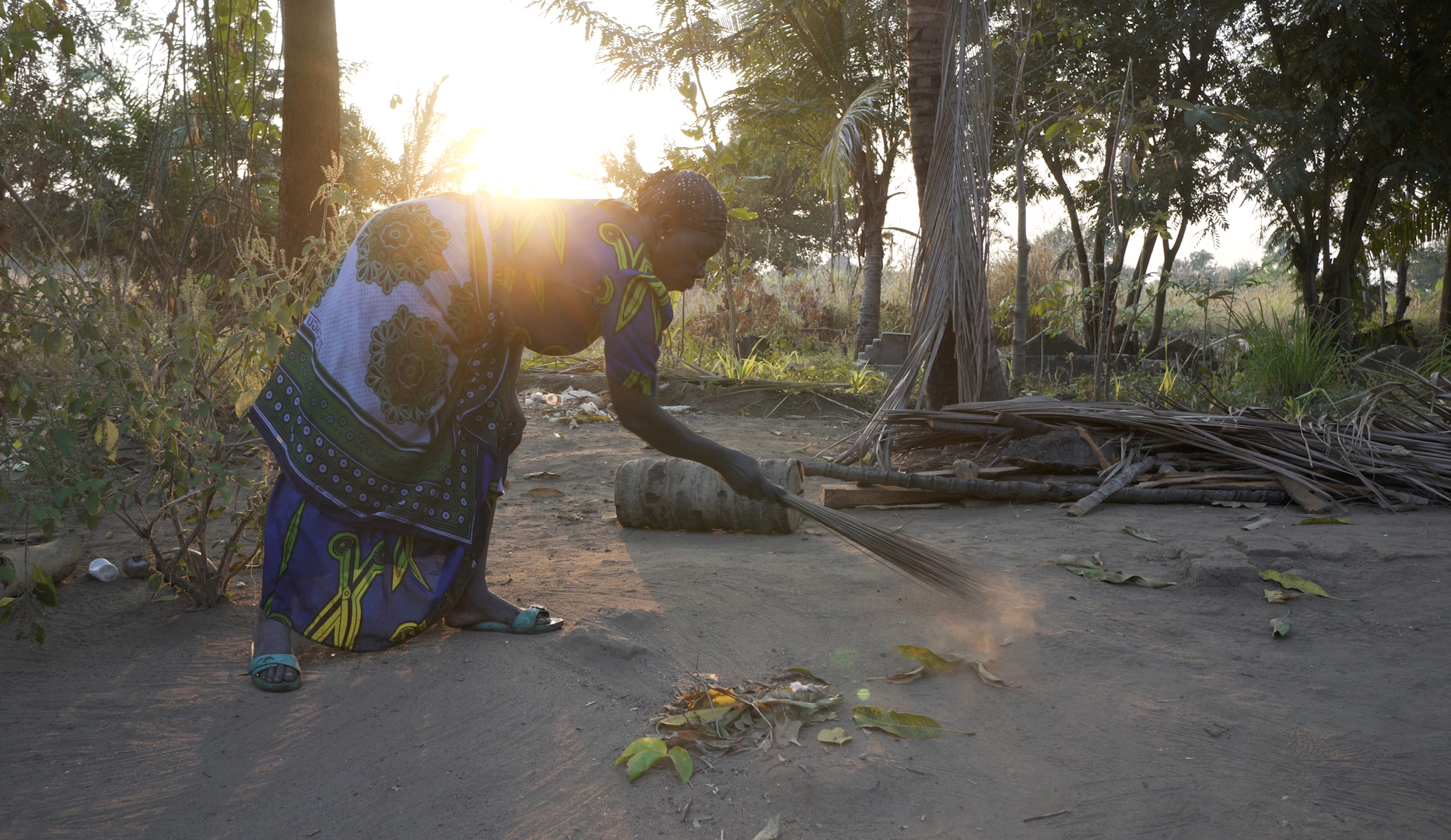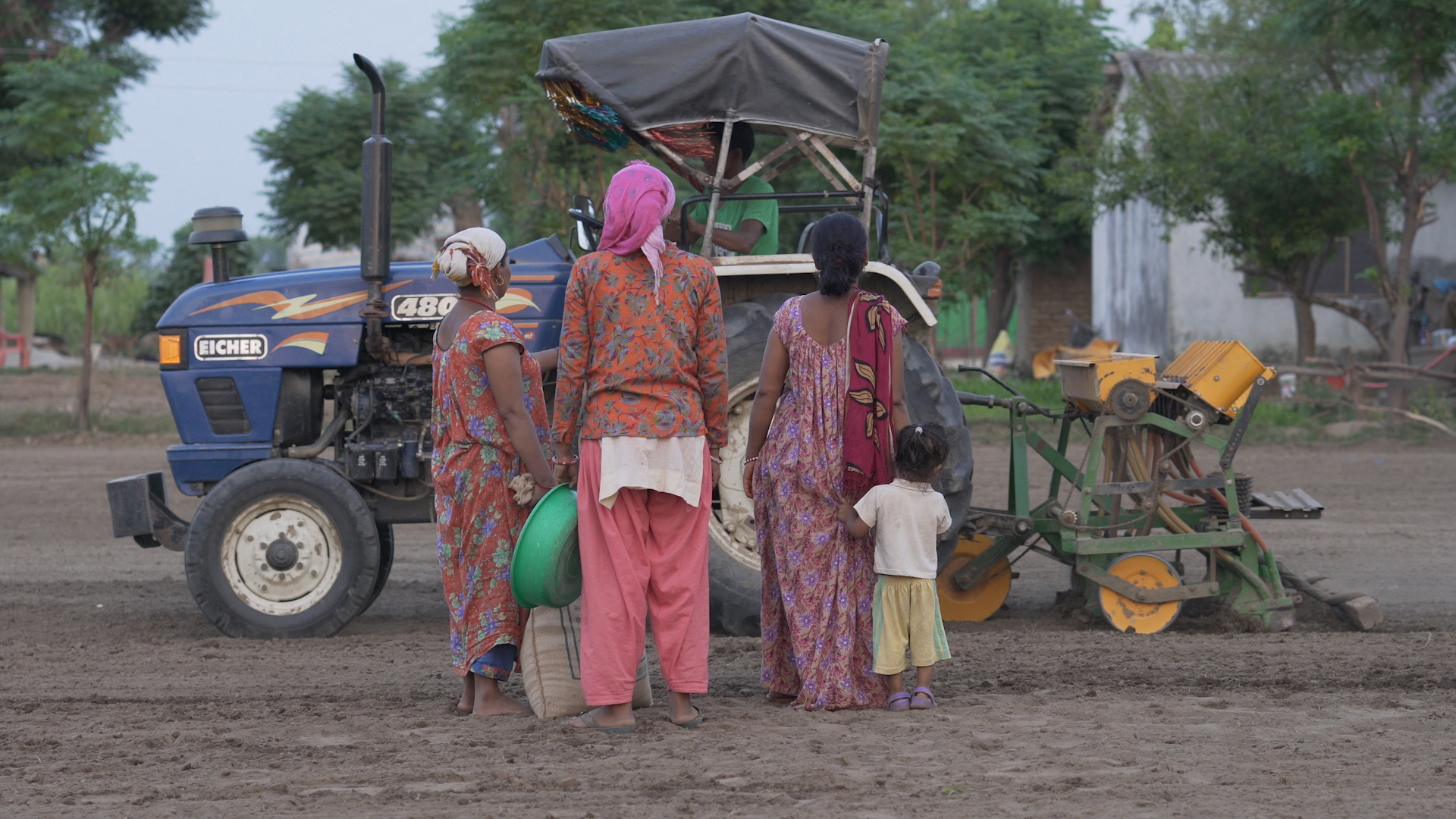Changing views about women’s
capacities as farmers
María Dominga Ayala Reyes and her husband Emiliano Sánchez Ortiz are farmers in Atayiki, a small indigenous village in a mountainous region of Oaxaca, Mexico, where families have long cultivated maize and other traditional crops.
After Emiliano and Dominga married, they lived according to local custom in Atayiki. While Emiliano ploughed and tended to the crops, Dominga helped in the field and was also responsible for housework and the children, making tortillas, and taking care of the farm animals. This began to change when, in the early 1990s, like many other resource-poor Mexicans before him, Emiliano migrated to the United States to help support his family. Over the next 10 years or so, Emiliano traveled back and forth three more times in search of work.
With her husband gone for long spells of time, Dominga was concerned about how to plow the field in his absence. Money was tight, so hiring labor was not an option, and her sons were still just little boys. That’s when Dominga decided to plow the land—a task generally reserved for men.
“Even before I dared to grab the yoke I wanted to know what the work of a man is like,” Dominga says. “I knew the work was very heavy. But I still wanted to work with the bulls, who knows why? The first time I tried, the furrow was all wrong but I managed to do it, and from then on I got the hang of it. I was very happy to find that I could do this work to help my husband when he was not here.”
With time, Dominga also began to earn money plowing for others. When she first told Emiliano over the phone that she was able to plow with the team of bulls, he didn’t believe her. But when he returned home to Mexico, the field was full of maize, beans, and pumpkins.
“Everybody admires her for doing this,” says Emiliano. “. . . Most women are afraid of the bulls. Only my wife was brave enough to grab the yoke.”
“It’s also possible for women, not only men, to do this work because it’s not an impossible job. It depends on willpower and the effort one puts in, nothing else. . . . Maybe they [other women] think it’s difficult and don’t want to risk trying to see how the work is. But I don’t care what they say. All I wanted was to do my work.”
– María Dominga Ayala Reyes, Atayiki, Oaxaca
Today, with Emiliano older and back in Mexico to stay, Dominga spends less time farming than she used to. She and Emiliano both work for pay to increase the family income, Dominga as a housekeeper for a local shopkeeper and Emiliano as a butcher. Together, they combined their earnings to build a small house.
Although in some ways Dominga and Emiliano have reverted to their more traditional roles, things are not as they were before Emiliano left for the US. Emiliano no longer worries or feels jealous about Dominga going outside to work as he did before he migrated. And when he sees that she is too busy, he helps around the house by feeding the chickens and pigs and washing clothes and dishes.
“Necessity forced us to change,” he says, “because truth be told, if there had been no need, we would never have changed.”
Other video stories



Expanding economic agency amid sticky gender norms
The challenges of widowhood
When new technology disrupts traditional gender roles in agriculture
Contact us
For more information, please contact Marlène Elias, CGIAR GENDER Platform Alliances Module leader and Senior Scientist at the Alliance of Bioversity International and CIAT, marlene.elias@cgiar.org


